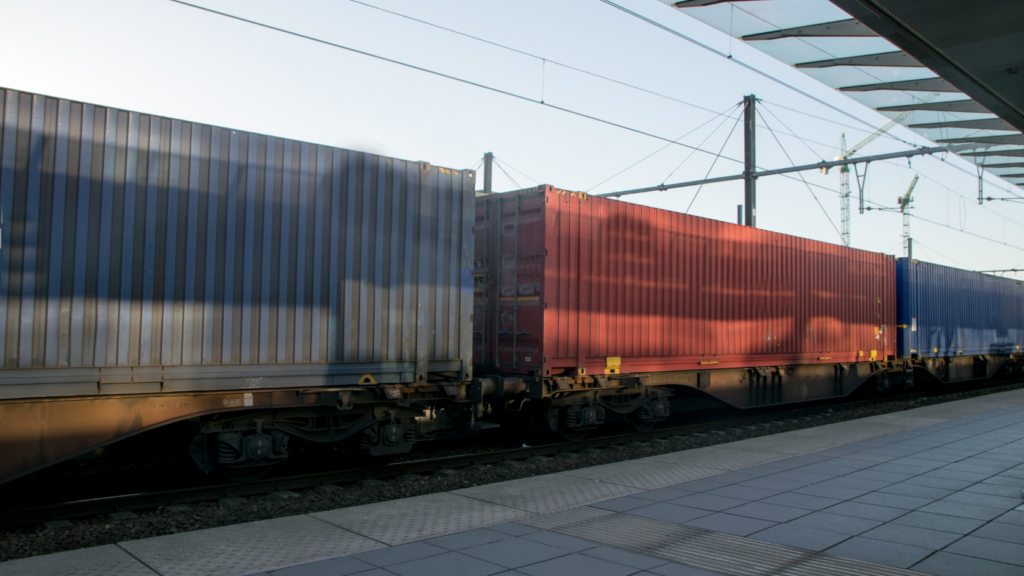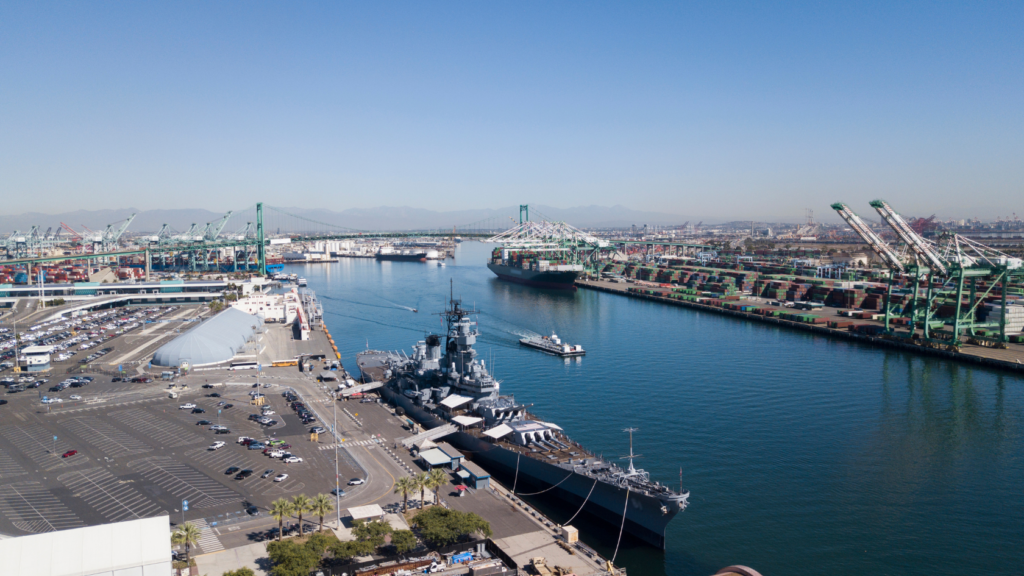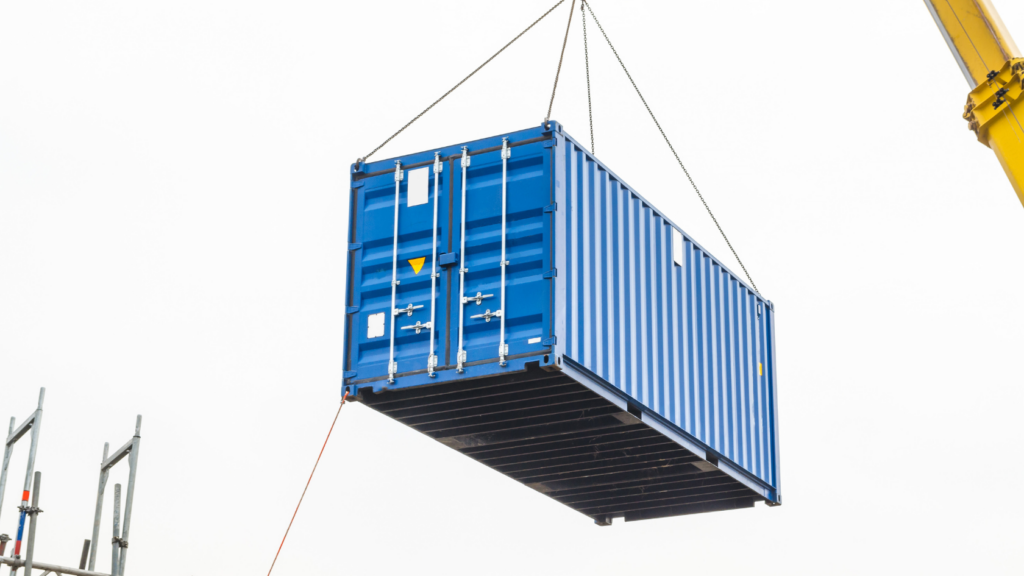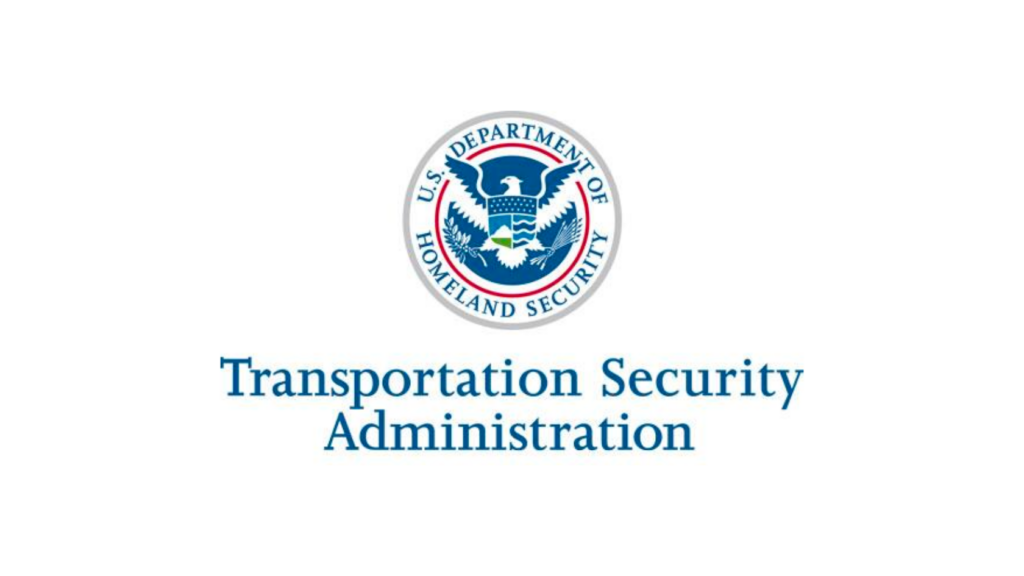Codifying Oversight, Cargo Volume Increase, Container Shortage, and TSA Tightening Rules.
Your weekly All-Ways round-up of Supply Chain news.
Oversight Needed
The Federal Maritime Commission (FMC) and the Surface Transportation Board (STB) have avoided resolving the issue of rail demurrage on ocean containers. Shippers have brought the issue to Rep. John Garamendi, D-Calif., a member of the House’s Transportation and Infrastructure Committee.
“We realize that the FMC had not actually acknowledged that they had authority,” Rich Roche, a vice president at third-party logistics provider Mohawk Global and member of the FMC’s National Shipper Advisory Committee (NSAC) said. “We heard from some commissioners that they do and others that they don’t. The response that we got was that to actually grant the FMC authority would take an act of Congress.”
Garamendi has drafted a proposed legislation that would push the FMC and STB to draft a memorandum of understanding regarding who is responsible for overseeing the fees railroads charge for storing ocean containers. The bill aims to codify that rail demurrage charges would be billed to ocean carriers.
If there’s no government organization officially in charge of overseeing detention and demurrage charges, there’s no one to turn to when there’s a dispute.
Gains at the Port of LA/LB
Port of Los Angeles
The Port of Los Angeles has seen an increase in cargo volume for the third consecutive month in comparison to last year.
October saw a 7% increase in TEUs, an 11% increase in imports, a 35% increase in exports, and an 8% decrease in empty containers in comparison to last year.
Additionally, Zim Integrated Shipping Services has reinstated its direct express service from South China to Los Angeles.
“Our terminal operators, labor, and other stakeholders have worked hard to earn cargo market share back over the last three months,” said Gene Seroka, Executive Director at the Port of Los Angeles. “Additionally, November is also shaping up to be a strong month as we see a final holiday push and warehouse replenishment.”
Port of Long Beach
October saw a 14% increase in TEUs, a 23.6% increase in imports, a 23.6% increase in exports, and a 23.3% increase in empty containers in comparison to last year.
Total volume through October at the Port of Long Beach was down 17.8% but was similar to pre-pandemic numbers.
“Cargo is rebounding and we are continuing to collaborate with our industry partners to recapture market share and invest in infrastructure that will position us for future growth,” said Mario Cordero, CEO at the Port of Long Beach. “We are anticipating moderate growth through the rest of the year as retailers continue to stock shelves for the winter holidays.”
Low Container Availability
As the harvest season comes around, US agricultural exporters servicing Asian and European markets face container shortages because of the nearly 17% drop in imports.
A direct ripple effect of weak import volume can already be seen. Rail services have less capacity allotted from ports to interior rail hubs.
Until US imports recover, inland container shortage will continue. There are no predictions of an increase in import volume from Asia until January 2024.
Tightening Rules
At the end of October, stricter requirements came into effect requiring shippers of cargo that can’t be screened because of size or volume to be enrolled in TSA’s authorized cargo security programs in order to fly them into the USA.
While some shippers are opting for sea freight as an alternative to enrolling in the program, others are choosing to avoid bringing in those items.
Most shippers already meet most of the TSA’s new rules because of their own screening requirements. However, enrolling in the program would put shippers at risk of fines or investigation if the protocol isn’t precisely followed. So some are not willing to take the risk.
The TSA believes that with education, training, and awareness, more shippers will join its program.





